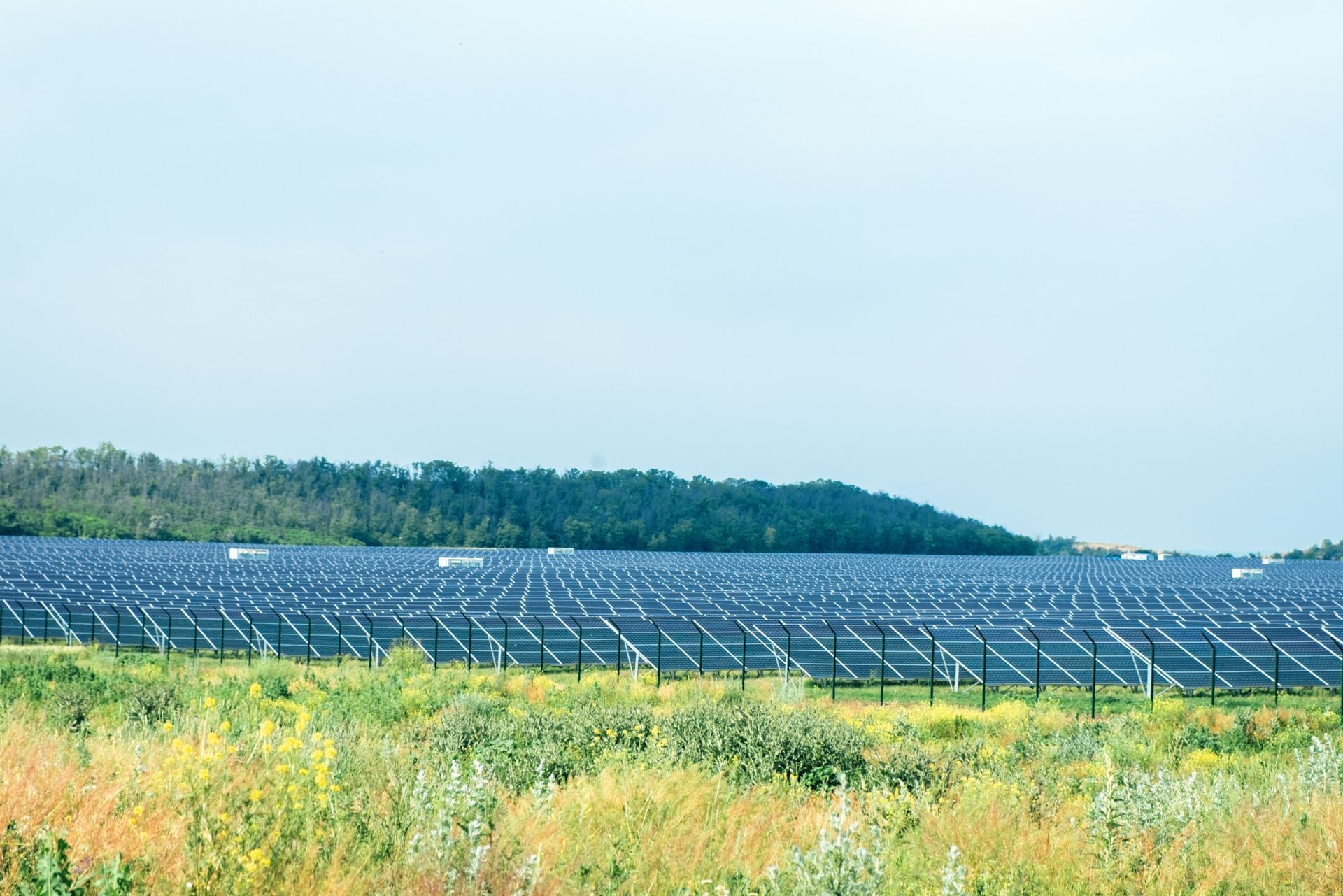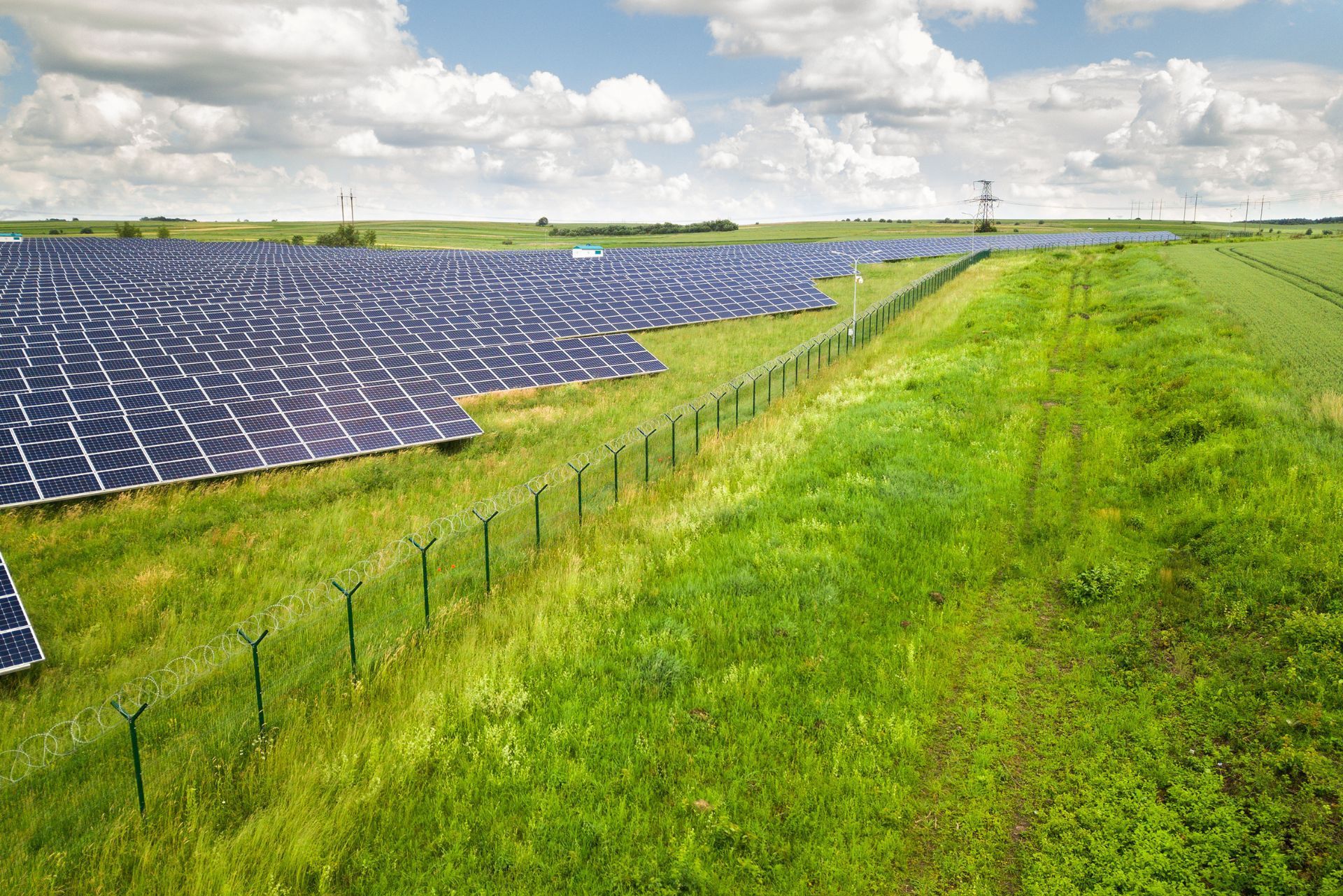Top 3 Recommended Policies

As the solar energy sector experiences unprecedented growth, the operational and maintenance (O&M) providers behind these solar farms face unique challenges — especially when it comes to insurance. With the U.S. solar market now boasting approximately 85 GW of installed capacity and a staggering $120 billion in total insured values, understanding the nuances of insurance for solar farm O&M providers is critical for sustainable operations and risk management. This article delves into everything you need to know about insurance in this fast-evolving industry, highlighting key risks, market dynamics, and innovative insurance solutions shaping the future.
The Growing Importance of Insurance in Solar Farm O&M
The solar industry’s rapid expansion is a double-edged sword. On one hand, 2024 saw the installation of 50 GW of new solar capacity in the U.S. alone — the largest single-year growth in over two decades. On the other hand, this growth amplifies exposure to various operational risks that O&M providers must manage effectively.
Insurance plays a pivotal role in protecting solar farm operators and O&M providers from financial losses arising from physical damage, operational interruptions, and liability claims. According to industry insights, the U.S. solar market’s property and casualty insurance premiums have reached around $150 million in gross written premium, reflecting the sector’s increasing reliance on tailored insurance products to safeguard assets and investments. For more on the market’s scale and insurance premiums, see Amwins’ analysis of solar insurance.
O&M providers are often the first line of defense in maintaining solar farm performance, but they also face risks such as equipment failure, weather damage, and third-party liabilities. Insurance coverage tailored to these risks is essential to ensure operational continuity and financial stability. Furthermore, as the technology behind solar energy continues to evolve, O&M providers must stay abreast of the latest developments, which can introduce new risks. For instance, the integration of advanced monitoring systems and artificial intelligence for predictive maintenance can enhance efficiency but may also lead to cybersecurity vulnerabilities, necessitating specialized insurance products to cover potential data breaches and system failures.
Moreover, the increasing frequency of extreme weather events due to climate change poses a significant challenge for solar farms. Insurers are now more focused on assessing the environmental risks associated with solar installations, which can impact policy pricing and availability. This shift underscores the importance of comprehensive risk assessments and proactive measures, such as investing in robust infrastructure and disaster recovery plans. As the industry matures, the collaboration between solar operators, O&M providers, and insurance companies will be crucial in developing innovative solutions that not only protect investments but also support the sustainable growth of renewable energy initiatives.

Key Risks Faced by Solar Farm O&M Providers
Understanding the specific risks solar farm O&M providers encounter is fundamental to selecting appropriate insurance coverage. Solar photovoltaic (PV) installations are vulnerable to a variety of hazards that can lead to significant financial losses if not properly mitigated.
One of the primary risks is physical damage from natural hazards such as storms, hail, and fire. Allianz Commercial’s 2024 report highlights that fire, natural hazards, and theft are among the most pressing risks introduced by solar PV panels. These risks not only threaten the physical infrastructure but can also disrupt energy production, leading to revenue losses. The impact of such disruptions can be particularly pronounced during peak production seasons, where every hour of downtime translates to lost income, making it essential for O&M providers to have robust contingency plans in place.
Moreover, weather-related damage is often underestimated. Industry-standard models can underpredict solar project losses from weather by over 300%, underscoring the need for comprehensive risk assessment and insurance solutions that reflect real-world conditions. This is particularly critical for O&M providers responsible for maintaining system integrity and minimizing downtime. For a detailed discussion on these risks, visit Allianz Commercial’s solar risk report.
Operational and Liability Risks
Beyond physical damage, O&M providers face operational risks including equipment malfunction, human error, and maintenance-related incidents. These can lead to costly repairs, system downtime, and potential liability claims from third parties. Regular training and certification for personnel can mitigate human error, yet the complexity of solar technology means that even the most experienced technicians can encounter unforeseen challenges.
Liability insurance is therefore a critical component, protecting providers against claims arising from bodily injury, property damage, or environmental harm linked to their operations. Given the complexity of solar farm systems and the scale of installations, these risks require careful underwriting and risk management strategies. Additionally, the evolving regulatory landscape surrounding renewable energy can introduce further uncertainties, as compliance failures may result in fines or legal action. As such, staying informed about regulatory changes and ensuring that all operational practices are aligned with current laws is essential for O&M providers aiming to safeguard their assets and reputation in a competitive market.
Insurance Market Dynamics and Trends
The solar insurance market is evolving rapidly to keep pace with industry growth and emerging risks. According to Jason Kaminsky, CEO at kWh Analytics, “Managing solar asset risk requires a concerted industry effort to ensure sustainable growth and investment.” This sentiment reflects the collaborative approach needed among insurers, O&M providers, and developers to address risk comprehensively. As the solar industry expands, the need for tailored insurance solutions becomes increasingly critical, particularly in regions where solar adoption is accelerating. Stakeholders are recognizing that a unified strategy can enhance resilience against potential disruptions, ensuring that investments in solar technology are safeguarded.
One notable trend is the influx of new insurance carriers entering the renewable energy space. This increased competition is creating additional capacity and putting downward pressure on pricing, benefiting O&M providers seeking affordable coverage. Kaminsky’s insights on market dynamics highlight opportunities for brokers and providers alike to leverage this competitive environment. Furthermore, as new entrants bring innovative approaches and technologies, established players may be compelled to adapt their offerings, leading to a more dynamic and responsive insurance landscape. More on these market shifts can be found at Insurance Business Magazine.
Additionally, insurers are developing more sophisticated products tailored to the unique needs of solar projects, including parametric insurance and peer-to-peer models designed to manage variability in solar power production. A 2025 study introduced a framework combining these mechanisms to better handle production variability, signaling a move towards innovative risk transfer solutions in the sector. These advancements not only improve financial security for solar operators but also encourage investment in new technologies and infrastructure, fostering an environment ripe for innovation and growth.
Parametric and Peer-to-Peer Insurance Models
Traditional insurance often struggles to fully capture the nuances of solar energy production risks, especially those tied to weather variability. Parametric insurance offers a solution by triggering payouts based on predefined parameters (e.g., solar irradiance levels or storm intensity) rather than actual loss assessments, enabling faster claims processing. This model can significantly reduce the administrative burden on both insurers and insured parties, allowing for a more streamlined approach to risk management that is particularly beneficial during extreme weather events.
Peer-to-peer insurance models further enhance this by pooling risk among participants, potentially lowering costs and increasing transparency. The integration of these models could revolutionize how O&M providers and solar farm operators manage production-related risks. By fostering a community-driven approach to insurance, participants can share insights and strategies, creating a collective knowledge base that enhances overall risk mitigation. For an in-depth look at this emerging approach, refer to the 2025 study on peer-to-peer insurance for solar farms. As these models gain traction, they may pave the way for a more resilient and interconnected solar industry, where stakeholders collaborate to navigate the complexities of renewable energy production.
Best Practices for Solar Farm O&M Provider Insurance
Given the complexity of risks and evolving insurance products, O&M providers should adopt best practices to optimize their insurance strategies and ensure robust protection.
1. Comprehensive Risk Assessment: Regularly evaluate physical, operational, and financial risks specific to each solar farm. This includes understanding local weather patterns, equipment vulnerabilities, and potential liability exposures. It’s essential to incorporate advanced analytics and modeling techniques to predict risks more accurately. By utilizing data from historical weather events and performance metrics, O&M providers can better anticipate challenges and adjust their operational strategies accordingly.
2. Tailored Insurance Coverage: Work with insurers to customize policies that address the unique risk profile of solar farm operations. Coverage should encompass property damage, business interruption, liability, and emerging risks such as cyber threats. Additionally, consider including coverage for environmental liabilities, as solar farms may face regulatory scrutiny related to land use and ecological impacts. This proactive approach not only safeguards assets but also enhances the farm's reputation among stakeholders and investors.
3. Leverage Innovative Insurance Solutions: Explore parametric and peer-to-peer insurance options to manage production variability and reduce claim settlement times. These innovative solutions can provide faster payouts based on predefined triggers, such as weather conditions or energy output levels, allowing O&M providers to maintain liquidity during challenging periods. Furthermore, engaging in collaborative insurance models can foster a sense of community among solar operators, leading to shared insights and collective risk management strategies.
4. Engage with Industry Experts: Collaborate with brokers and risk managers who specialize in renewable energy insurance to stay informed about market developments and best practices. Regularly attending industry conferences and workshops can provide valuable networking opportunities and insights into emerging trends. By fostering relationships with experts, O&M providers can gain access to cutting-edge research and innovative risk management techniques that can enhance their operational resilience.
5. Continuous Monitoring and Maintenance: Implement rigorous O&M protocols to minimize risk exposure, including regular inspections, preventive maintenance, and rapid response to incidents. Utilizing IoT devices and data analytics can streamline monitoring processes, enabling real-time assessments of equipment performance and environmental conditions. This proactive maintenance approach not only reduces downtime but also extends the lifespan of solar assets, ultimately leading to improved financial outcomes.
Hedging Against Renewable Energy Variability
Another emerging area is the design of insurance contracts that help end-users hedge against the risk of lost load due to renewable energy variability. A 2022 study proposed innovative contract structures that could provide financial stability for solar projects facing fluctuating production levels, further emphasizing the importance of insurance in managing the inherent uncertainties of solar energy generation. These contracts can incorporate features such as energy price locks or guarantees, allowing solar farm operators to stabilize cash flows despite market volatility. Learn more about these contract designs at this 2022 study on renewable energy insurance contracts.
Moreover, as the renewable energy landscape evolves, it is crucial for O&M providers to stay ahead of regulatory changes and technological advancements that may impact insurance needs. For instance, the integration of battery storage systems and hybrid energy solutions introduces new risk factors that require careful consideration in insurance planning. By remaining agile and informed, solar farm operators can better navigate the complexities of the insurance landscape and ensure their operations remain sustainable and profitable.

Conclusion: Navigating the Future of Solar Farm Insurance
The solar energy industry is at a pivotal juncture, with O&M providers playing a crucial role in ensuring the reliability and profitability of solar farms. As the sector continues to grow rapidly — with significant new capacity installations and increasing asset values — the importance of robust, adaptive insurance solutions cannot be overstated.
By understanding the multifaceted risks involved, staying abreast of market trends, and embracing innovative insurance models, solar farm O&M providers can better safeguard their operations and contribute to the sustainable expansion of solar energy. The evolving insurance landscape offers both challenges and opportunities, making informed decision-making essential for long-term success.
For further insights into the top risk management challenges in solar generation, including weather-related risks and insurance strategies, visit
kWh Analytics’ comprehensive report.
Contact Us
Phone
Location
9595 Six Pines Dr, Suite 8210, The Woodlands, TX 77380

